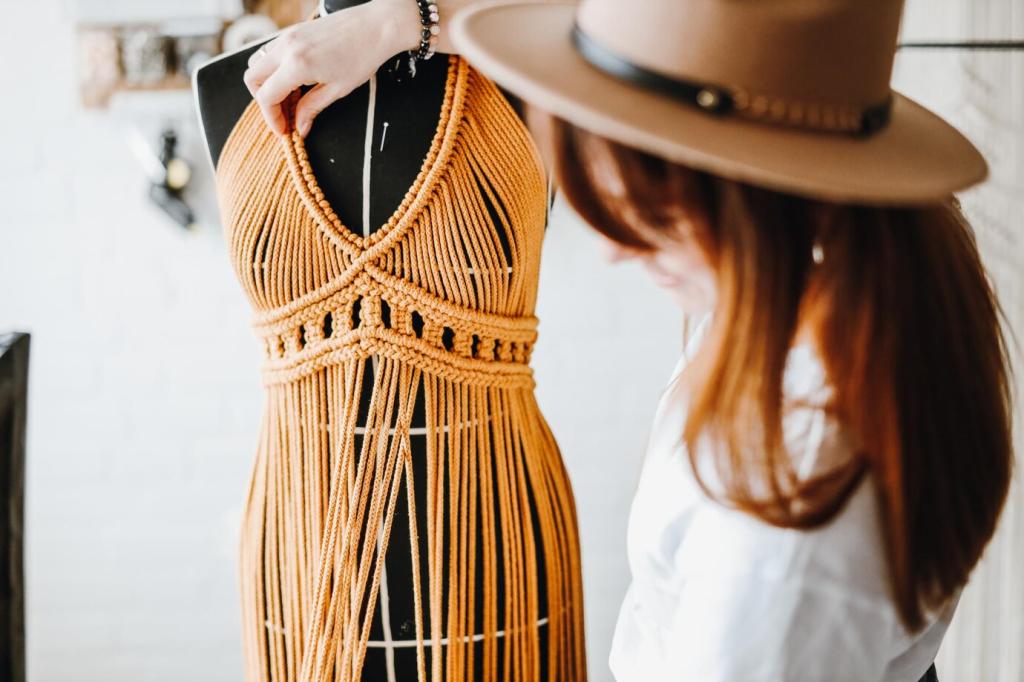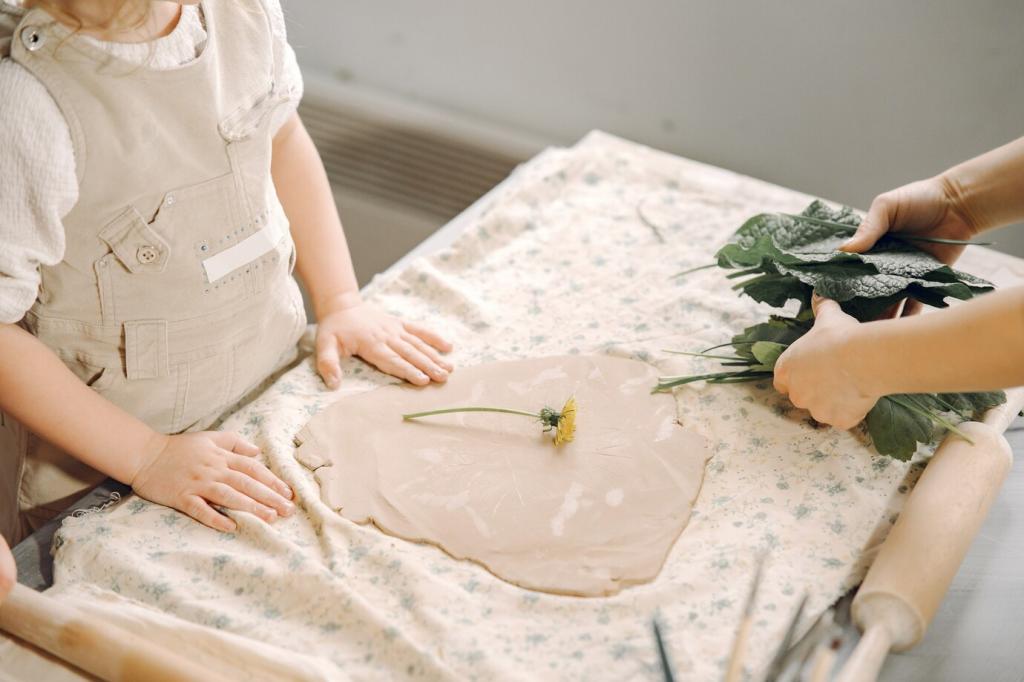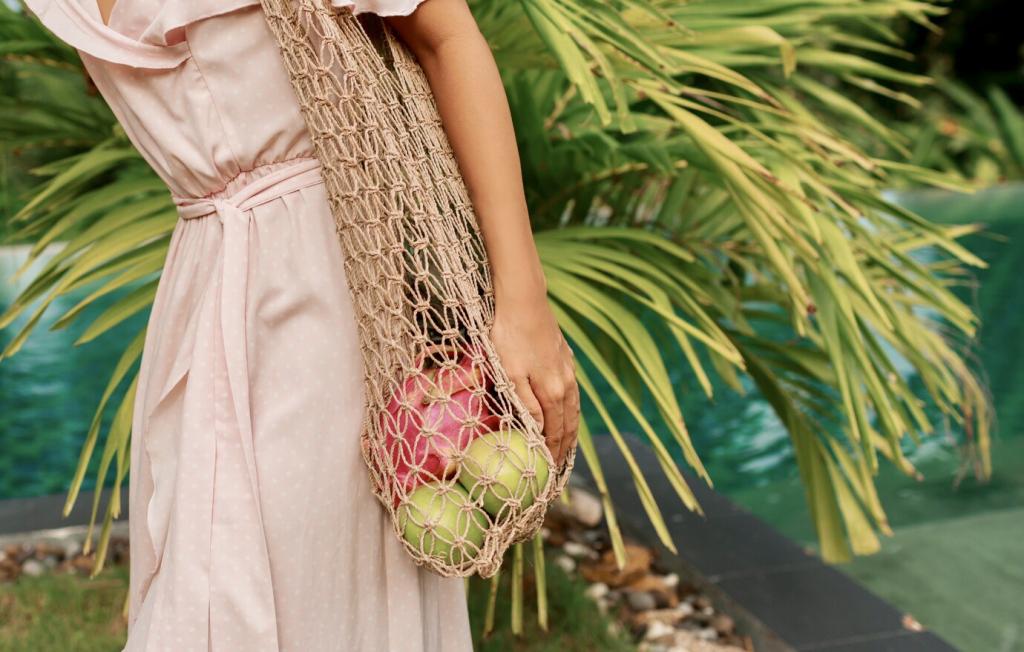Technology and Tools for Zero-Waste Designers
With tools like Rhino + Grasshopper or specialized CAD, designers create rules-based patterns that adapt to measurements while keeping every piece within the layout. Interested in open tutorials? Subscribe to receive a curated toolkit and upcoming workshop invitations.
Technology and Tools for Zero-Waste Designers
Automated nesting software arranges pattern pieces to hit near 100% yield on consistent roll widths. Small tweaks—grainline choices, seam allowances—have big effects. Comment if you want a side-by-side comparison of manual versus automated lays, and we’ll prepare a visual breakdown.









